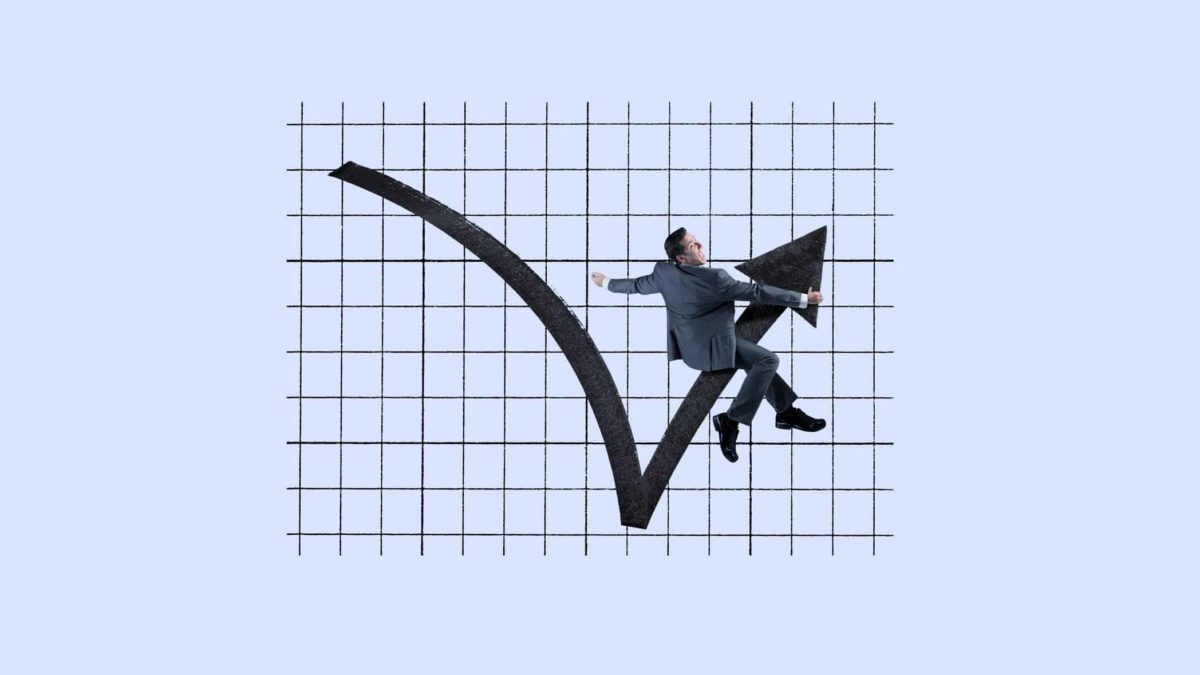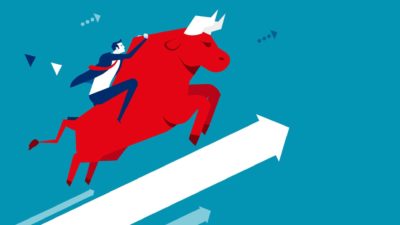One prominent economist has declared S&P/ASX 200 Index (ASX: XJO) shares may have passed the bottom.
The ASX 200 has indeed risen 10.6% since the start of October, and now sits only 5.9% lower than where it started in 2022.
While recession and geopolitical risks still loom large, AMP Ltd (ASX: AMP) chief economist Dr Shane Oliver thinks there's a chance the recent rebound might not be just a bear market bounce.
"There is a rising chance we have seen the low in shares," Oliver said in an AMP blog post.
"We have seen two bear market rallies into March and August that proved short lived. But this time there's been more fundamental improvement."
Oliver shared why he thinks this time it could be different:
Fight between inflation and central banks could be winding down
The big one for Oliver is that the inflation spike in the US finally seems to be decelerating.
"Headline inflation in October dropped to 7.7% year-on-year (well down from a peak of 9.1% in June) but more importantly core (ex food and energy) inflation came in at a slower than expected 0.3% month-on-month," he said.
"Prices for used cars, household furnishings, medical care and airfares fell."
The implication for Australia is that the inflationary effects lag the US by about six months.
"So it should start to decline here from early next year as well," Oliver said.
"And Australian shares take their directional lead from the US most of the time anyway."
The economist also cited the slowing down of interest rate rises as a positive sign for ASX 200 shares.
"Of course, central banks are still hawkish as inflation is too high and jobs markets [are] still too tight, so more rate hikes are likely. But a slowing in the pace reduces the risk of hard landings."
Let's put 2022 behind us
Another difference from previous rallies is that the market is now in a traditionally bullish part of the year.
"US, global and Australian shares [tend] to rally from October/November into year end and out to the middle of the next year, reflecting an end to tax loss selling in the US, new year cheer and a lack of capital raising over the Christmas/New Year period."
Geopolitically, two major events of uncertainties are now behind us. That provides certainty and stability, which the stock market loves.
"Post US midterm election returns tend to be strong… with an average 17% fall in midterm years followed by an average 33% gain 12 months from the low," said Oliver.
"With the party congress over, China is focussing on boosting its economy… It looks likely to exit from zero-COVID around March next year."
All this means that Oliver's team at AMP are bullish on stocks for the coming period.
"At last, it seems some of the bad news for shares appears to be abating," he said.
"We remain optimistic on shares on a 12-month horizon as investors will start to focus on monetary easing from late next year and then economic recovery."
Dangers still lurk
Of course, there are risks that could force the market to dip yet again.
Inflation certainly could surprise again and Europe is likely to fall into recession over a cold northern winter.
Geopolitics could also plunge into further crisis, as shown by Wednesday morning's Russian missile strikes on Polish territory.
"China could move on integrating Taiwan," said Oliver.
"Problems in the Middle East could also escalate, given the failure to return to the 2015 nuclear agreement with Iran, social unrest in Iran and the return of Netanyahu as Israeli PM increasing the risk Israel will take action against Iran's nuclear capability."
The economist also worried about a Republican-controlled lower house in the US leading to brinkmanship on the federal government debt ceiling.









